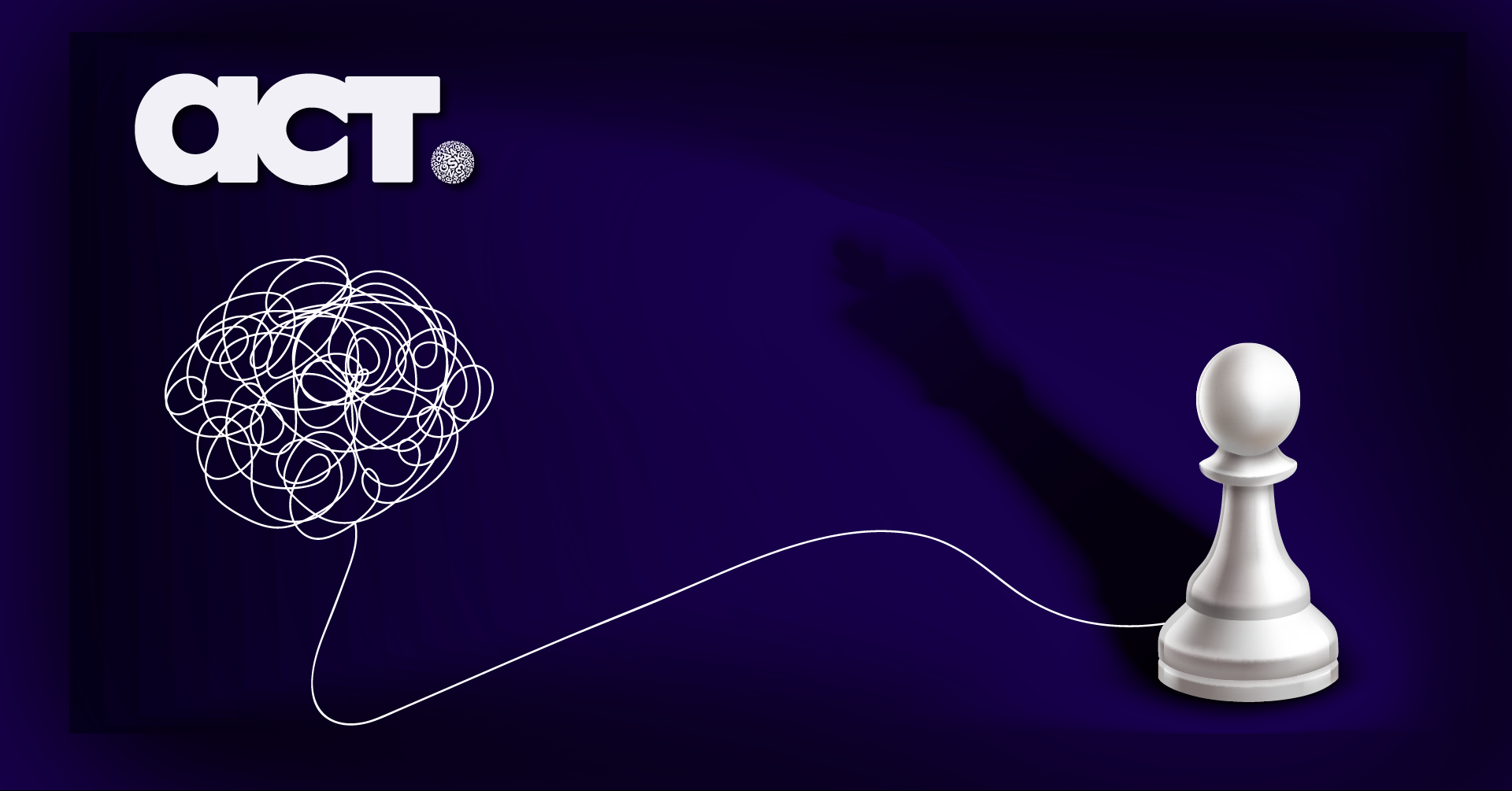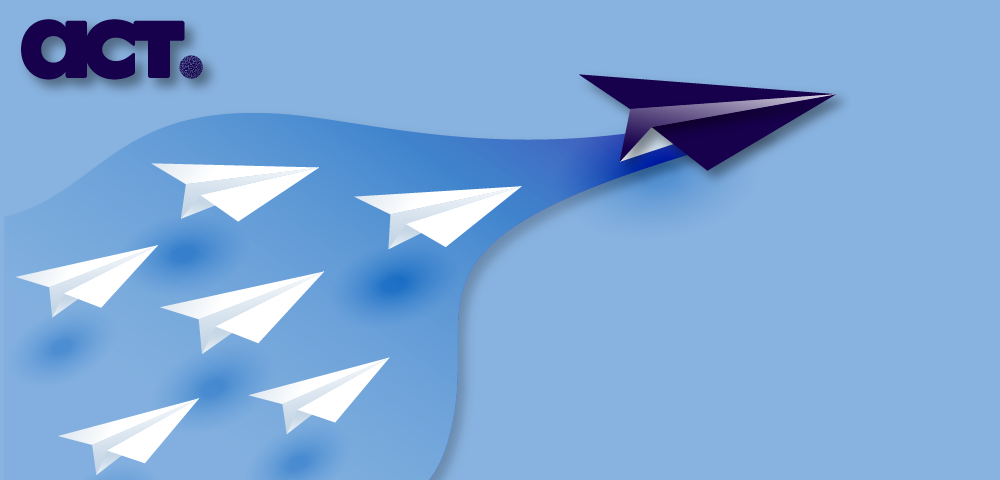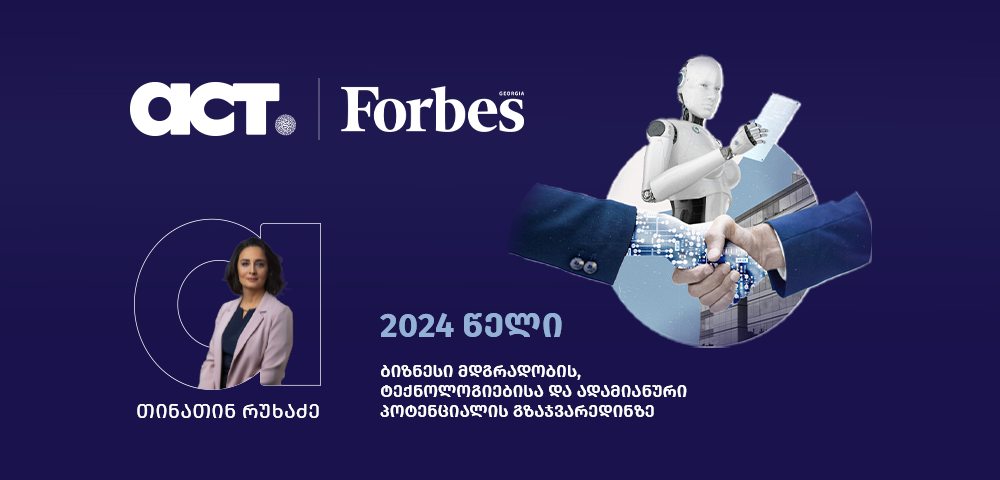In the modern era, we are all witnessing first-hand the unprecedented speed at which technological advancement is changing industries. The evolving technological environment creates different business...
While a crisis management strategy is an integral part of any long-term business strategy, in today's fast-paced business environment, businesses are often faced with unforeseen events such as global ...
What is digital transformation and why is it so important for business today? In today's fast-paced business environment, “digital transformation” has become more than just a buzzword, but a strate...
From the point of view of relationship psychology, our lives are largely determined by the style of our relationships with other people and how we want to see our place in a world that is constantly c...
In the year 2024, businesses are encountering significant transformative changes. Geopolitical instability and climate change have created an immediate demand for businesses to achieve self-sufficienc...
Believe in yourselves, dream big, and soar high because the truth is, for the potential of both men and women, the sky is the limit! On November 8, a joint conference of the United Nat...

 12 march, 2024
12 march, 2024

 28 february, 2024
28 february, 2024

 23 february, 2024
23 february, 2024

 9 february, 2024
9 february, 2024

 9 february, 2024
9 february, 2024

 17 november, 2023
17 november, 2023